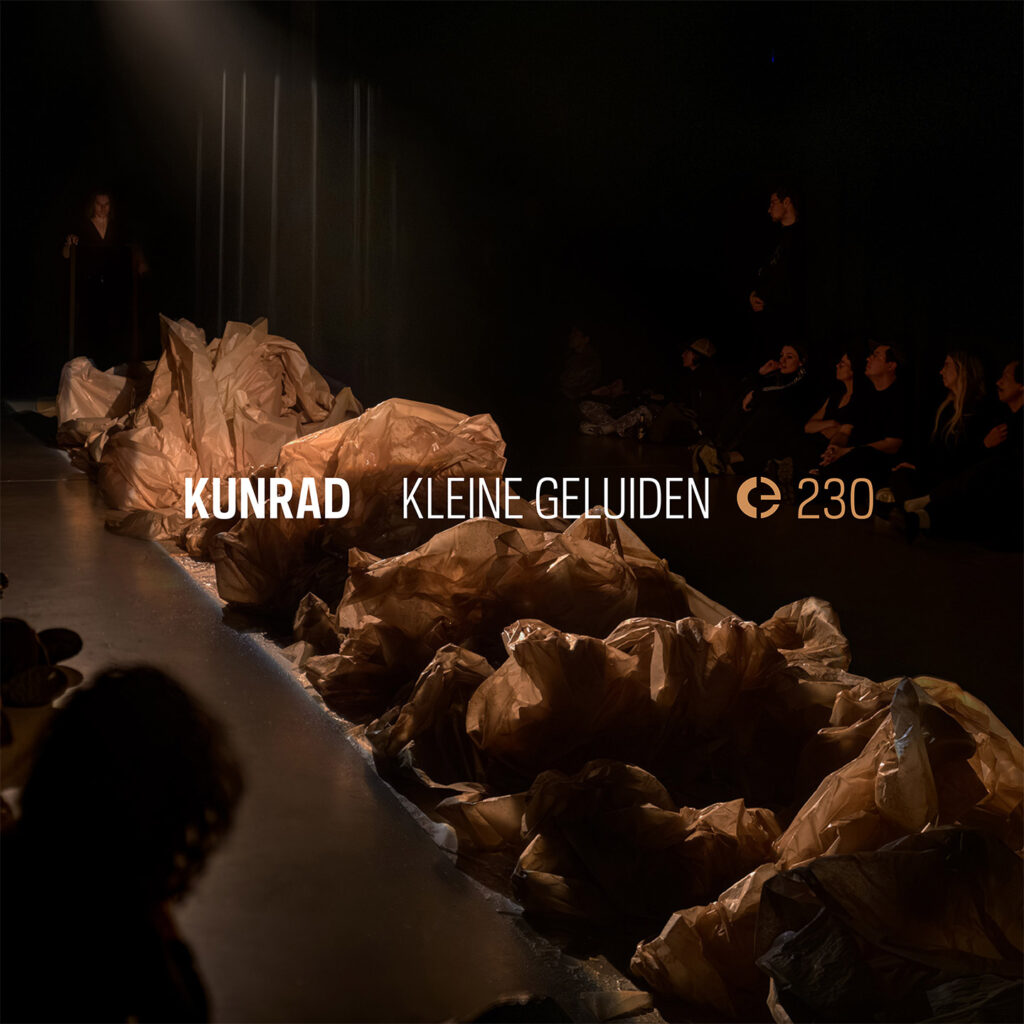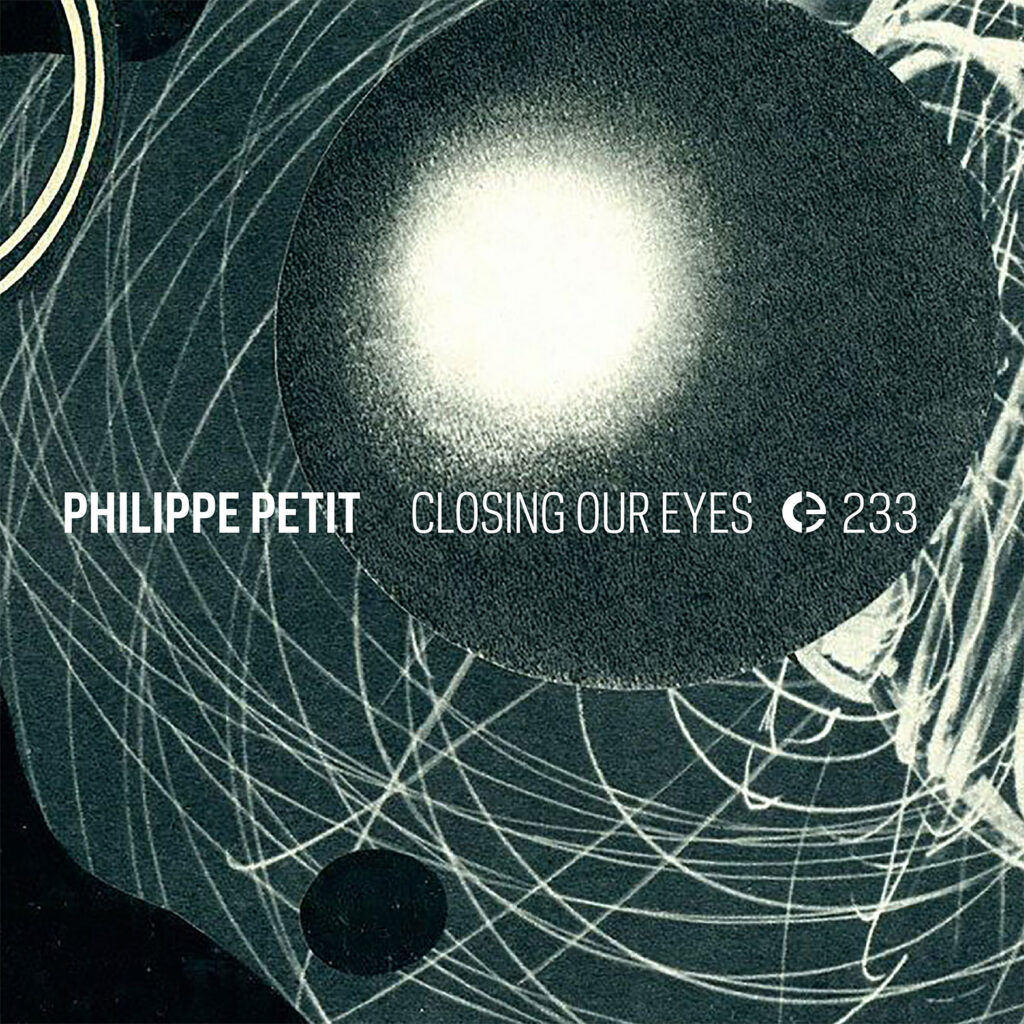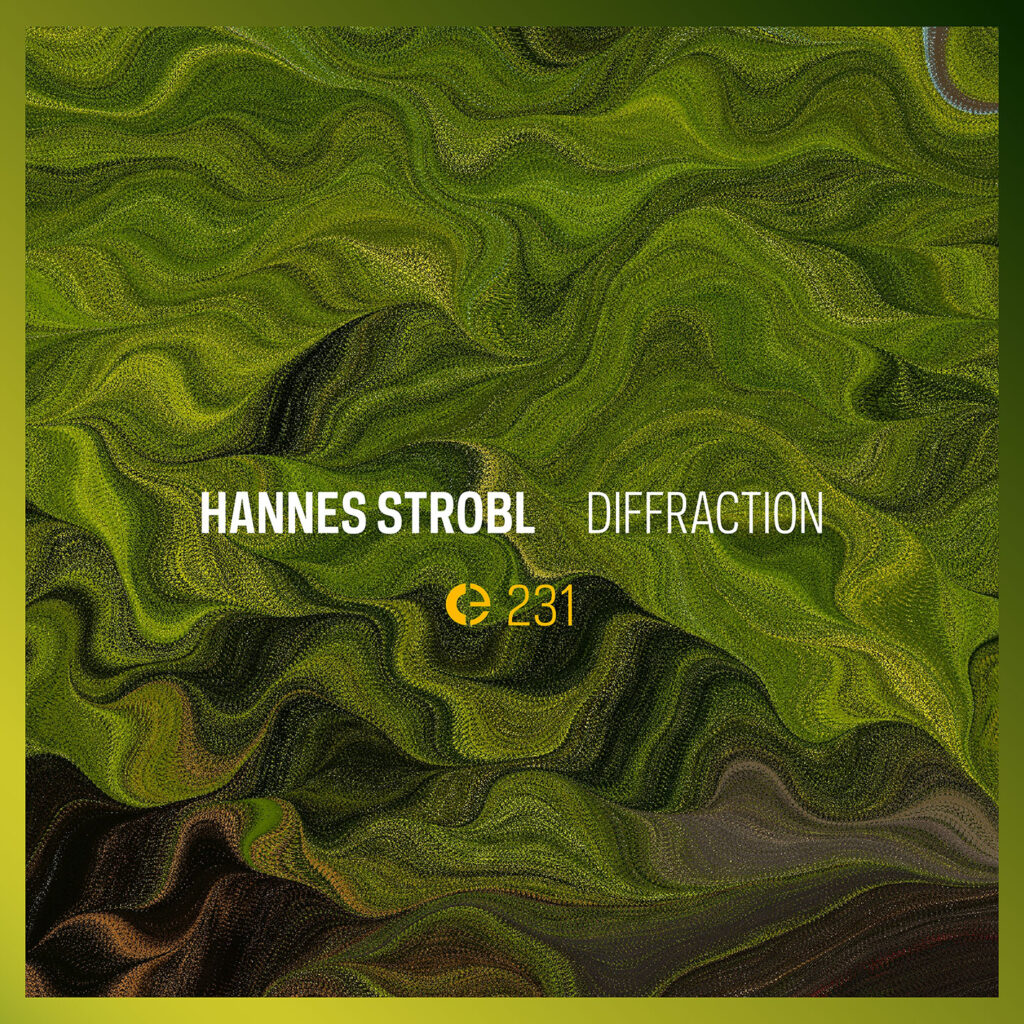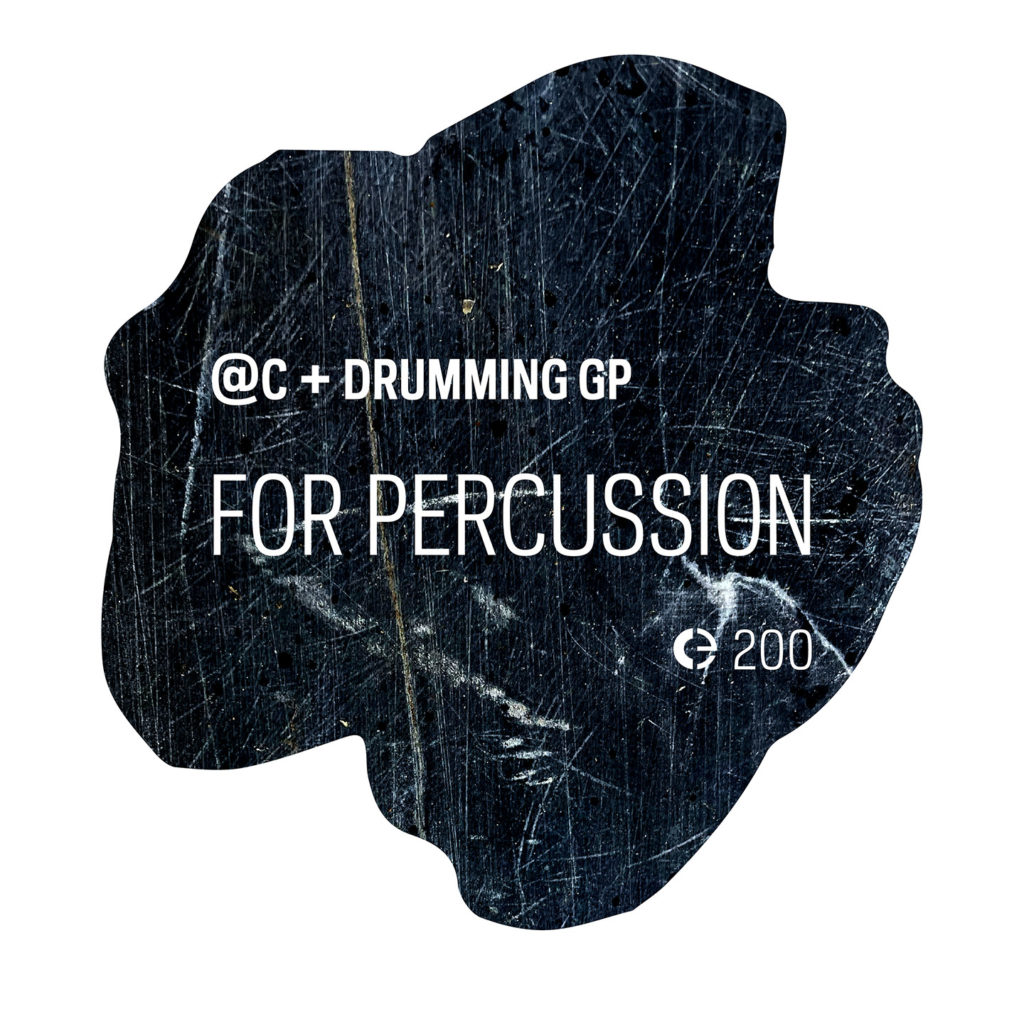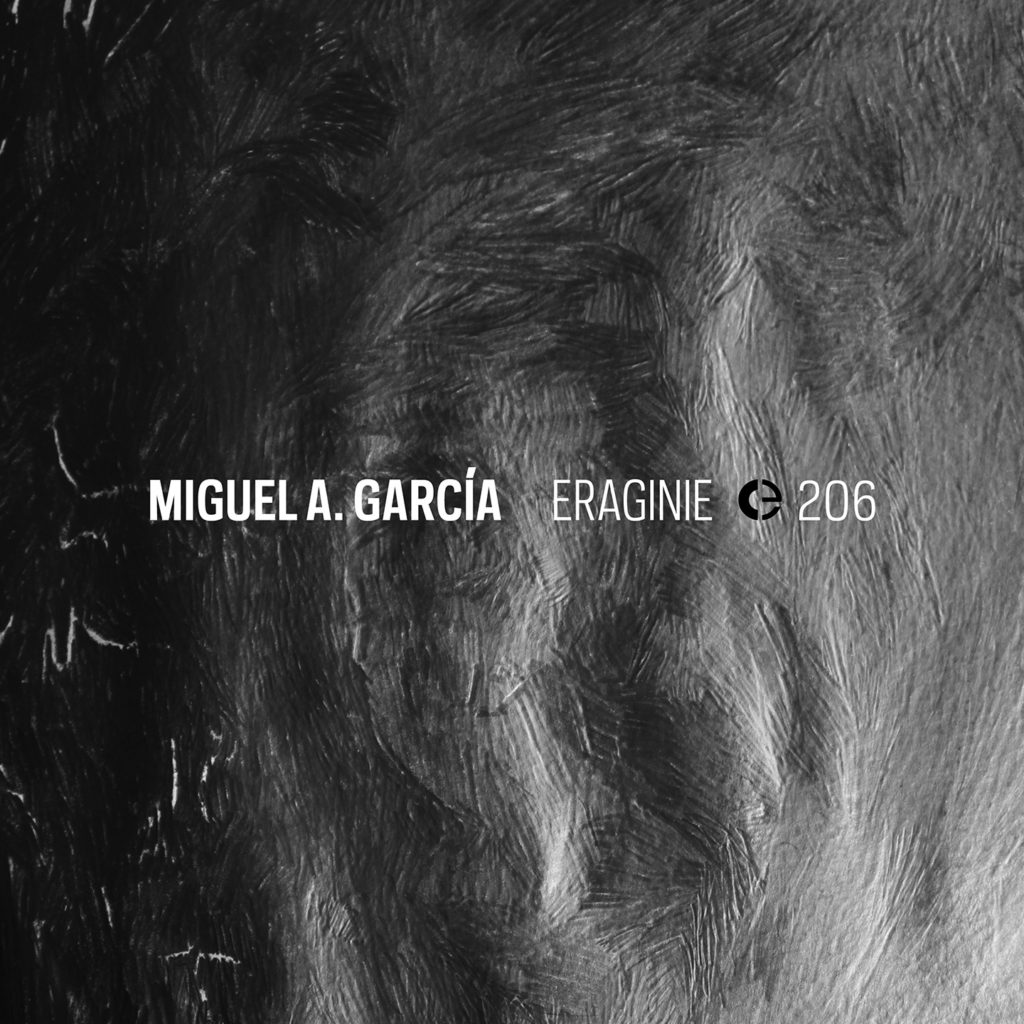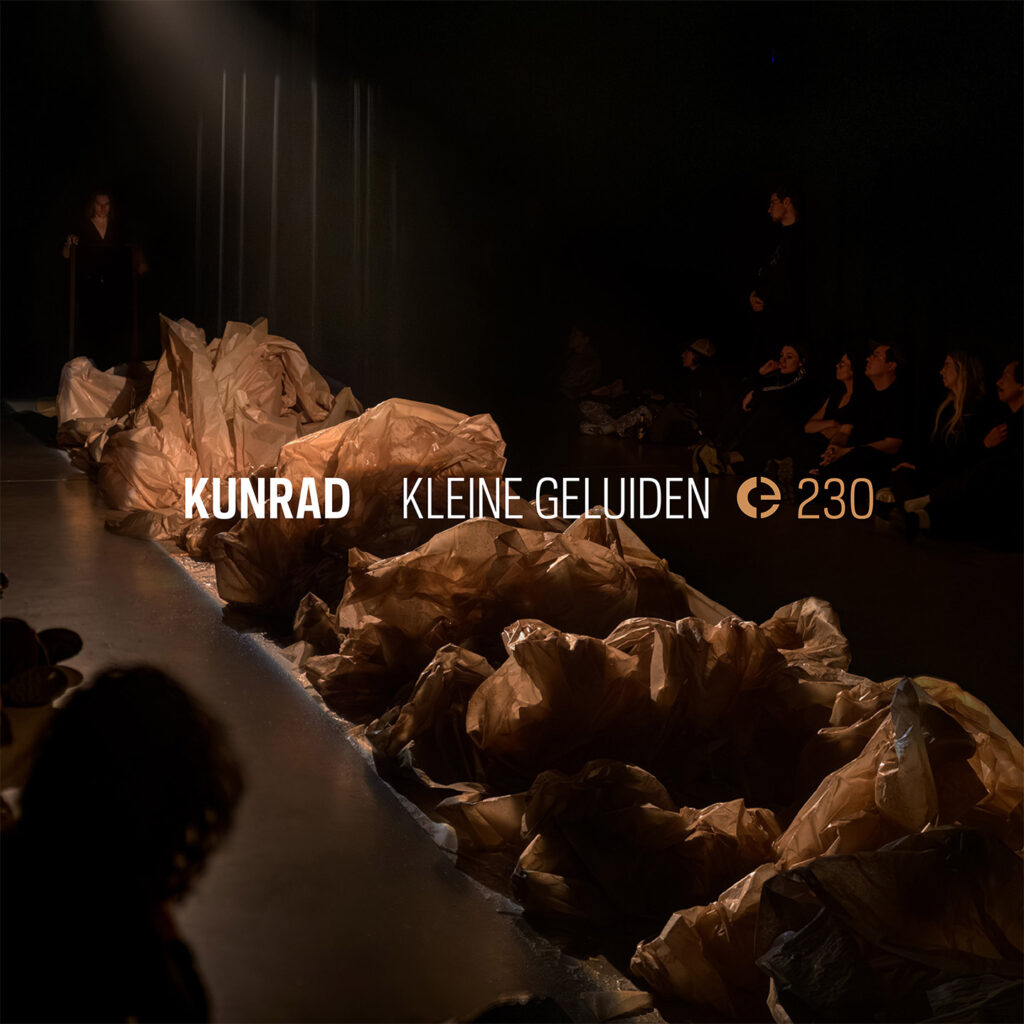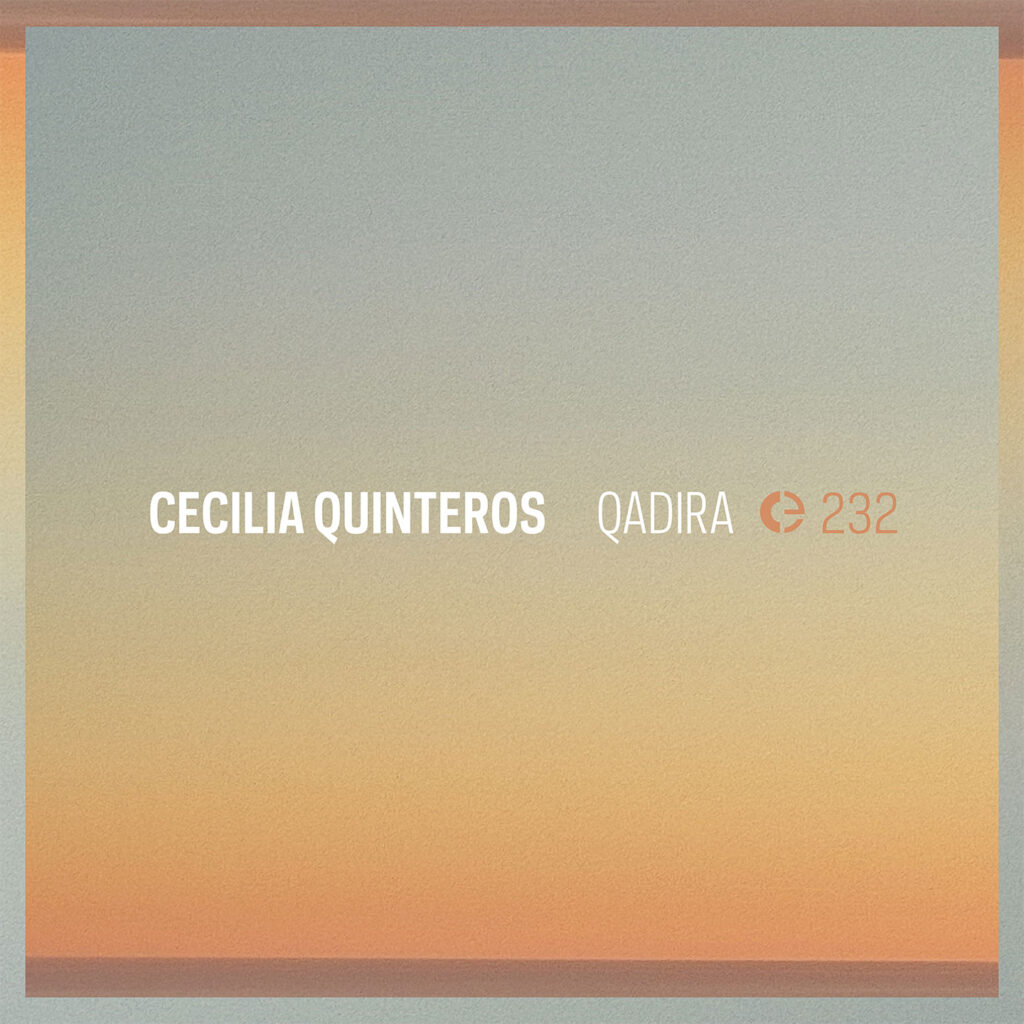
Qadira, she who is capable, is both the title of this album and an apt moniker for Argentinian cellist Cecilia Quinteros. Over the past decade and a half this Buenos Aires native has played with creative music luminaries in her native land as well as European artists. She has performed compositions commissioned for her, in avant-garde jazz settings and accompanied dancers in interdisciplinary concerts. Hence, she has always imbued her works with these various influences and experiences and the cinematic Qadira is no exception. Similar to her 2023 release Narel, the current one is partly composed and partly improvised suite for solo cello and electronics.
Opening with a resonant drone Quinteros sets a haunting ambience. She uses her extended bowing techniques on the cello to create a spiritual melody that the electronics buoy. The mysticism continues with the spontaneous second movement. The cello reverberates in the enveloping silence fusing elements of the baroque and the modern. This motif repeated throughout forming a sort of an interlude in between longer segments.
Quinteros is well versed in the western classical canon as well as the nuances of free improvisation. Here the two merge to create something that is more than just the sum of them. On Qadira 3, a melancholic composition, Quinteros strums a guitar and evokes the sounds of an exalted hymn echoing in a futuristic temple. This naturally evolves into Qadira 4 a vibrant and pastoral improvisation with ethereal “dancing” strings while, simultaneously, flirting with dissonance. Adding another intriguing dimension to the performance is Qadira 7. This extemporized piece has an eastern spirituality with Quinteros accompanying her emotive chanting with chiming percussion. The finale meanwhile returns to the contemplative quasi-symphonic harmonies of the opening track bringing this brilliant and absorbing recording full circle.
Varied and cohesive, provocative yet accessible, Qadira is a continuation of Quinteros’s unique musical journey. If anyone can forge various genres into a singular, stimulating opus it is Quinteros. She is indeed “capable” exhibiting both finesse and elegance all the while not shying away from experimentations. The result is bold and sublime.
Hrayr Attarian
Qadira is now available to download or stream from Crónica!

